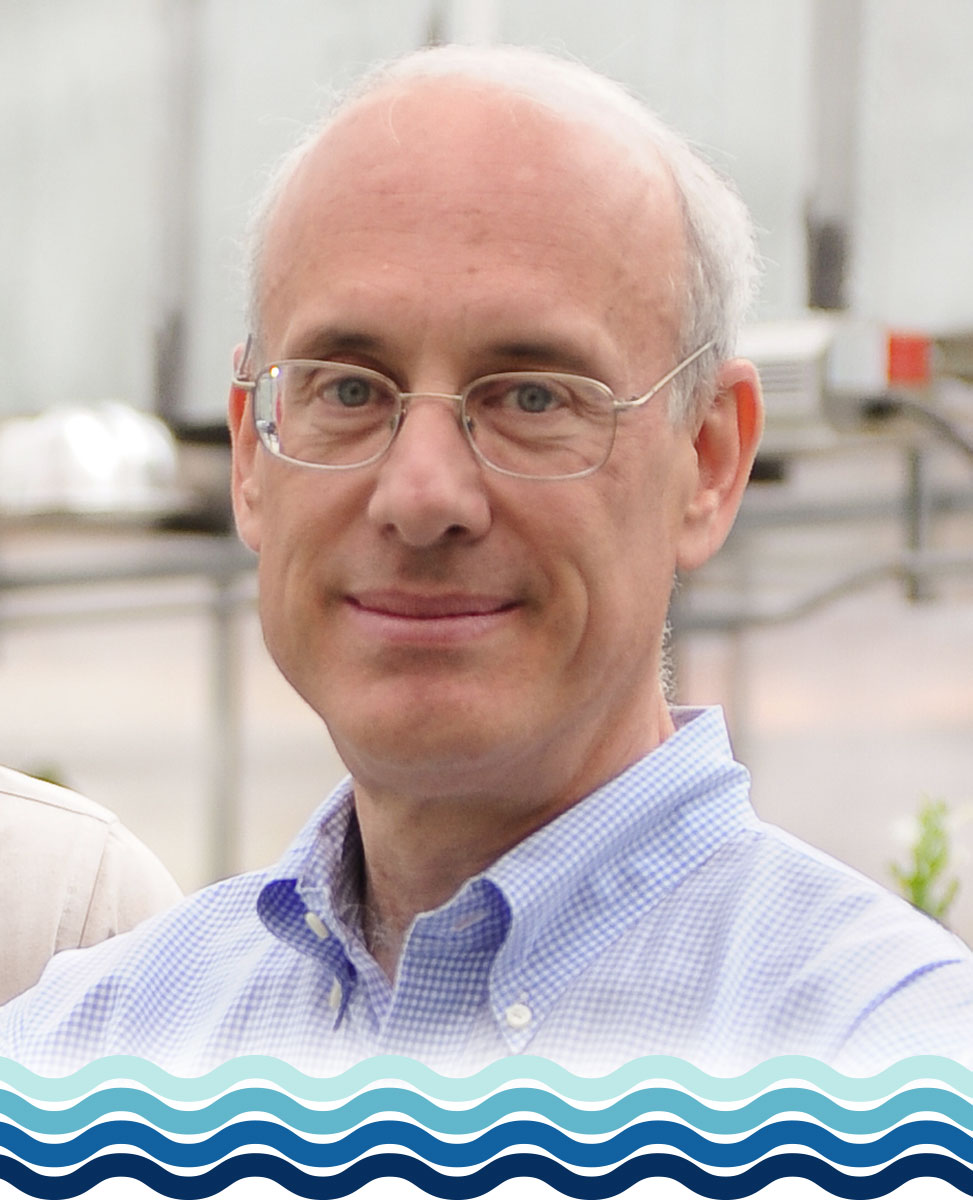David Lawrence
Distinguished Professor
University of North Carolina
Talk Information
Bioactive Peptides
16 June 2025, 11:20am - 11:45am, in the Pacific Jewel Ballroom
L10 – Peptides as Therapeutic Partners: From Drug Delivery to Molecular Sentinels

Professor David S. Lawrence is the Fred Eshelman Distinguished Professor at the University of North Carolina at Chapel Hill, with joint appointments in the Eshelman School of Pharmacy, the Department of Chemistry, and the Department of Pharmacology. He also served as Chair of the Division of Chemical Biology and Medicinal Chemistry and is a member of the UNC Lineberger Comprehensive Cancer Center.
Academic Background
Dr. Lawrence earned his B.S. in Biological Sciences from the University of California, Irvine, and his Ph.D. in Chemistry, specializing in organic synthesis, from the University of California, Los Angeles. He completed an NIH postdoctoral fellowship at The Rockefeller University. Prior to joining UNC in 2007, he held faculty positions at the State University of New York at Buffalo and the Albert Einstein College of Medicine.
Research Focus
Professor Lawrence's research integrates organic and peptide synthesis, photochemistry, enzymology, molecular and cell biology, and microscopy. His lab specializes in the design and application of light-responsive agents—such as inhibitors, sensors, activators, and gene expression systems—to manipulate and probe biochemical pathways controlling cell behavior. These tools are applied to study diseases including cancer, metabolic disorders, and inflammatory conditions.
Notable Contributions
Dr. Lawrence has pioneered the development of photoresponsive agents for targeted drug delivery, enabling precise control over therapeutic activation using specific wavelengths of light. His innovations in optogenetics and photochemistry have advanced the understanding of compartmentalized signaling within cells and have been applied to investigate and reengineer biological systems, particularly in the context of breast and brain cancers.
Professional Engagements
Beyond his research, Professor Lawrence is committed to education and safety in the laboratory. He has developed virtual laboratory experiences, including modules for laptops and Oculus Go VR headsets, emphasizing laboratory safety and bridging the gap between theoretical knowledge and practical application. His dedication to teaching and mentorship continues to influence the next generation of scientists.
Through his interdisciplinary approach and innovative research, Professor David S. Lawrence continues to make significant contributions to the fields of chemical biology and medicinal chemistry.
Peptides as Therapeutic Partners: From Drug Delivery to Molecular Sentinels
UNC Eshelman School of Pharmacy, University of North Carolina at Chapel Hill, Chapel Hill, North Carolina, USA; Department of Bioengineering, College of Engineering and UW Medicine, University of Washington, Seattle, Washington, USA
Peptides have played an important role in the acquisition of novel therapeutics, including as drugs themselves as well as targeting agents. We’ve employed peptides in the design of drug delivery vehicles as well as molecular sentinels.
Protein therapeutics are a powerful class of drugs known for their potency. However, the potential efficacy of these therapeutics is commonly offset by short circulatory half-lives and undesired action at otherwise healthy tissue. We’ve developed a protein delivery system that employs engineered red blood cells (RBCs) as carriers and light as the external trigger that promotes hemolysis and drug release. RBCs internally loaded with therapeutic proteins are readily surface-modified with a dormant hemolytic peptide. The latter is activated via easily assigned wavelengths that extend into the optical window of tissue. We’ve demonstrated that photo-release transpires with spatiotemporal control and that the liberated proteins display the anticipated biological effects in vitro and in vivo, including clot lysis, with potential applications to stroke, pulmonary embolism, and other clotting disorders.
The protein kinase interaction network is essential for understanding disease development and therapeutic resistance. In this regard, several strategies have been described for assessing the active state of protein kinases in cells. However, these technologies do not actually measure catalytic activity nor are they applicable to single (or a relatively few) cells. We’ve developed and merged two technologies, protein kinase biosensors and thin-layer chromatography to address this issue. The peptide-based biosensors are cell-permeable, light-activatable, kinase-selective, wavelength-tunable, and readily imaged on TLC plates designed to accommodate lysate from single cells, picoliter TLC or pTLC. We will provide a brief discussion of potential applications.

